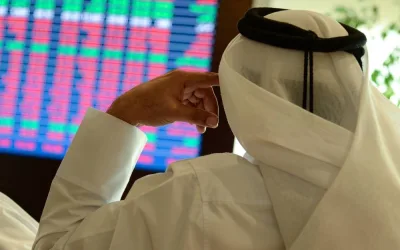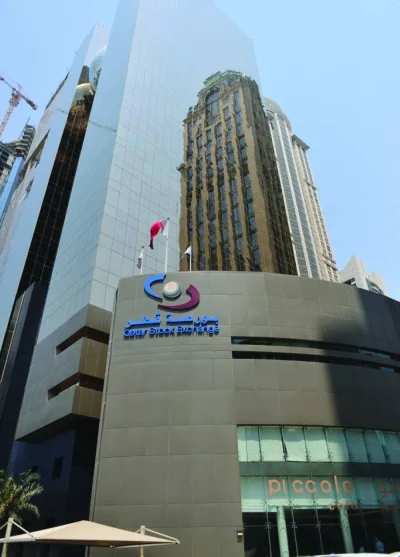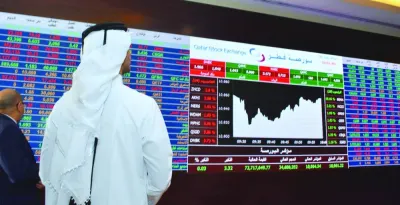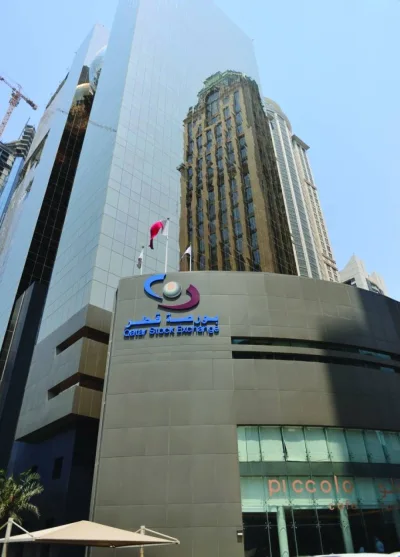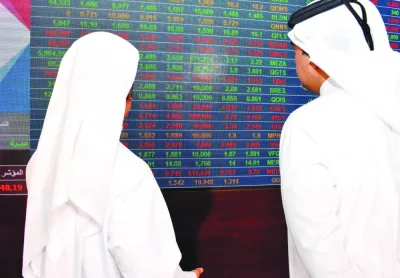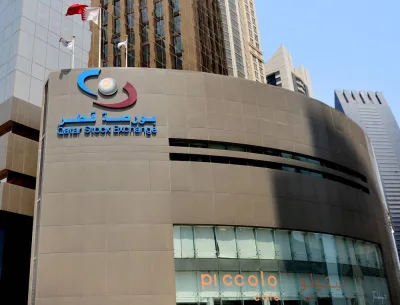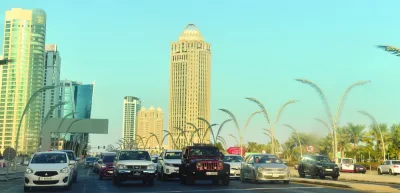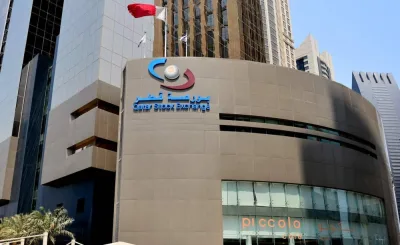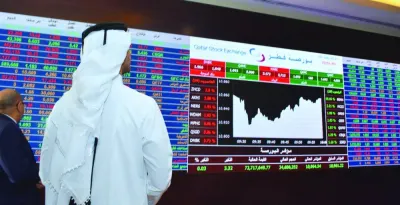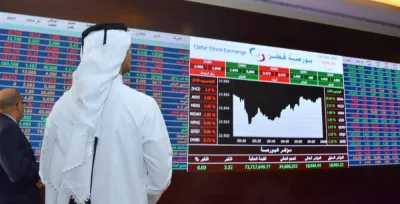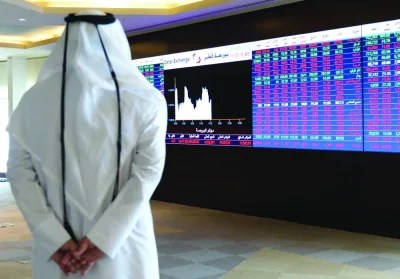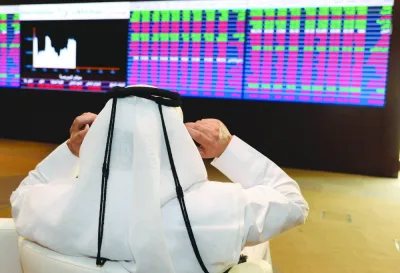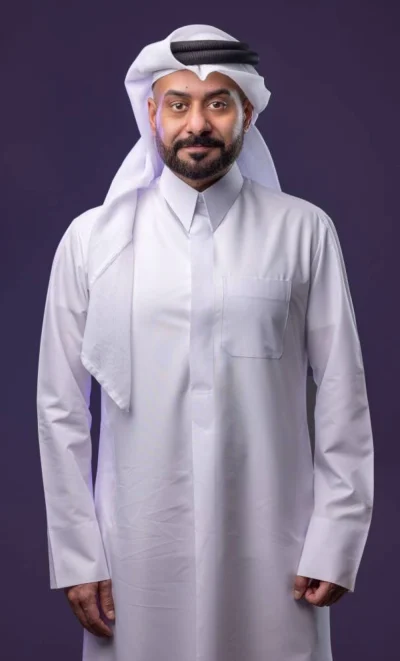Geopolitical tension in the region and uncertainties surrounding the US Federal Reserve's monetary policy played spoilsport in the Qatar Stock Exchange (QSE), which on Monday.text-box { float:left; width:250px; padding:1px; border:1pt white; margin-top: 10px; margin-right: 15px; margin-bottom: 5px; margin-left: 20px;}@media only screen and (max-width: 767px) {.text-box {width: 30%;}}**media[165545]**plummeted more than 127 points and capitalisation eroded as much as QR6.73bn.The banks and consumer goods counters witnessed higher than average net profit booking as the 20-stock Qatar Index fell 1.3% to 9,664.86 points, although it touched an intraday high of 9,816 points.The domestic institutions were seen increasingly into net selling in the main market, whose year-to-date losses widened to 10.76%.About 71% of the traded constituents were in the red in the main bourse, whose capitalisation melted 1.18% to QR561.7bn on account of large and small cap segments.The foreign funds were seen increasingly bearish in the main market, which saw as many as 2,783 exchange traded funds (sponsored by Masraf Al Rayan and Doha Bank) valued at QR0.02mn trade across five deals.The Gulf institutions turned net profit takers in the main bourse, which saw no trading of sovereign bonds.However, the local retail investors were increasingly net buyers in the main market, which saw no trading of treasury bills.Both Arab and foreign individuals were increasingly bullish in the main bourse, which saw Islamic stock fall slower than the conventional ones.The Total Return Index shrank 1.3%, the All Share Index by 1.27% and the All Islamic Index by 1.05% in the main bourse, whose trade turnover grew amidst lower volumes.The banks and financial services sector index tanked 1.74%, consumer goods and services (1.34%), transport (1.27%), real estate (0.82%), industrials (0.66%), telecom (0.59%) and insurance (0.22%).Major losers in the main market included QIIB, Gulf International Services, QNB, Baladna, Qatar Islamic Bank, Masraf Al Rayan, Lesha Bank, Medicare Group, Woqod, Qatari Investors Group, Mazaya Qatar, Barwa, Nakilat and Milaha.In the venture market, Al Mahhar Holding saw its shares depreciate in value.Nevertheless, Doha Insurance, Dlala, Meeza, Commercial Bank and Salam International Investment were among the gainers in the main market.The domestic institutions’ net profit booking increased substantially to QR60.17mn compared to QR14.53mn on April 21.The foreign institutions’ net selling strengthened significantly to QR20.68mn against QR6.26mn the previous day.The Gulf institutions turned net sellers to the tune of QR1.78mn compared with net buyers of QR3.12mn on Sunday.However, the Qatari individuals’ net buying expanded drastically to QR67.08mn against QR11.75mn on April 21.The Arab individuals’ net buying shot up perceptibly to QR7.39mn compared to QR4.9mn the previous day.The foreign individual investors’ net buying rose sharply to QR5.93mn against QR1.74mn on Sunday.The Gulf retail investors were net buyers to the tune of QR1.74mn compared with net sellers of QR0.72mn on April 21.The Arab institutions were net buyers to the extent of QR0.51mn against no major net exposure for the last six straight sessions.Trade volumes in the main market eased 5% to 138.85mn shares, while value rose 34% to QR478.92mn but deals zoomed 35% to 15,568.The venture market saw a 67% plunge in trade volumes to 0.04mn, 67% in value to QR0.06mn and 42% in transactions to 7.

Santhosh V. Perumal
Santhosh V. Perumal, a postgraduate in Econometrics with an advance qualification in Capital Markets and Financial Services, is Gulf Times' journalist. His coverage areas are debt and equity, hydrocarbons, international trade, environment, banks, insurance and real estate. Previously, he was in New Delhi, India as Senior Finance Correspondent of PTI.
Most Read Stories

